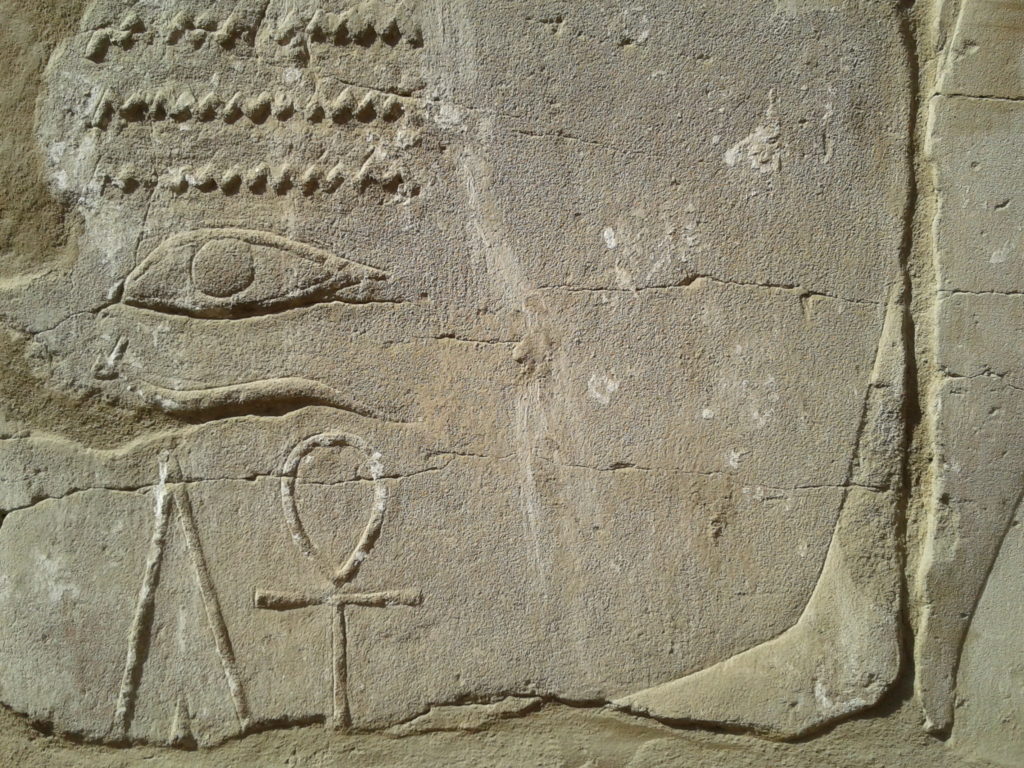“For, as Mr. Ferguson was saying at that minute in Luxor, it is not the past that matters but the future.”
–Agatha Christie, Death on the Nile
Ah, but the past informs the future, and with a past extending back four millennia, the lands and peoples and monuments of Nubia and Upper Egypt prove themselves as resilient as the very river that sustains them.
Exploring the shadowy colonnades and alcoves of the Temple at Luxor means stepping back into that past, when men-gods and women-goddesses commanded multitudes of builders, architects, artisans, and designers—many enslaved—and absorbing the energy of the ages, both light and dark. It is believed that many of the pharaohs of Egypt were crowned here, a monument to monarchy, unlike nearby temples dedicated to deities or deified rulers, and that even Alexander the Great claimed against all observable evidence, to be legitimized at what is now Luxor. Indeed, the French snagged a piece of Egyptian regalia, the obelisk at Place de la Concorde in Paris, leaving its companion to stand sole sentry over the entrance to the temple.
But to marvel at the intricate hieroglyphics—each symbol a story in itself—and the absolute size of a structure completed with ancient building technology only inspires the mind to wonder: what pasts, presents, and futures walk among the shadows and the sun of the Temple at Luxor on their way to greatness?
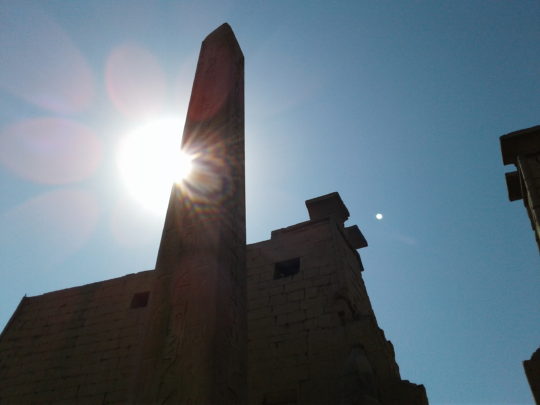
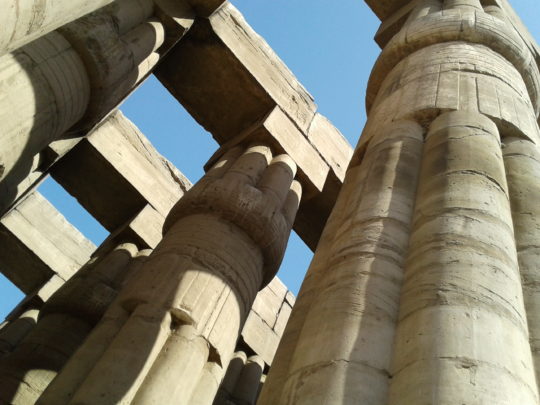
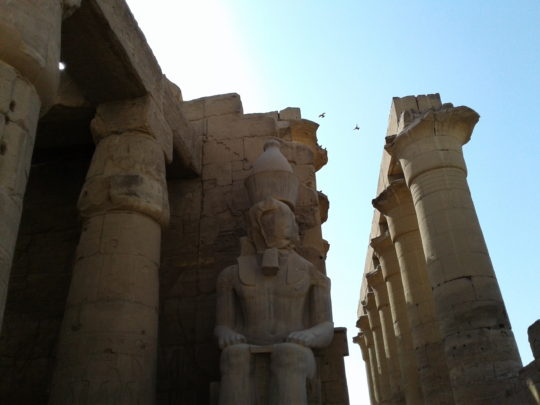
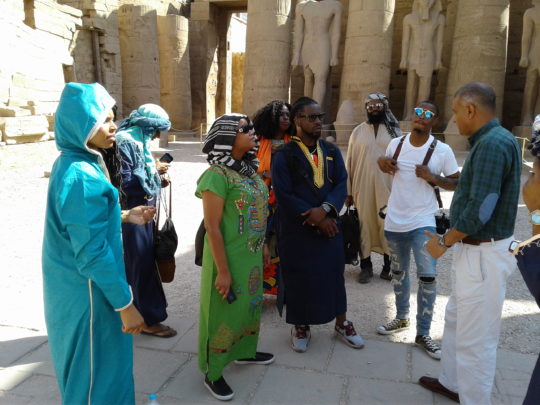
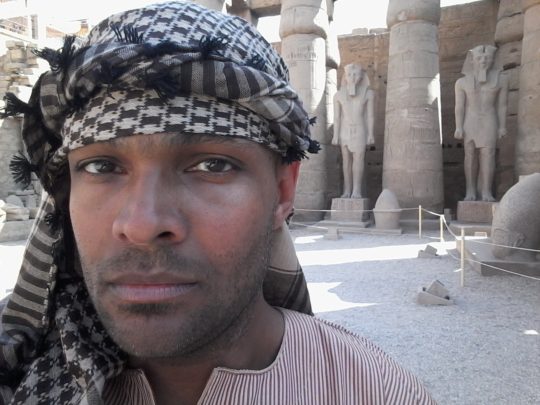
Luxury tour designers Up in the Air Life made this trip possible. FLY with them, won’t you?

